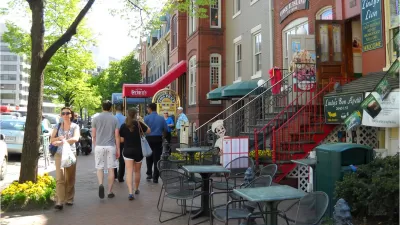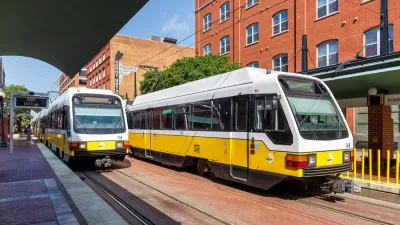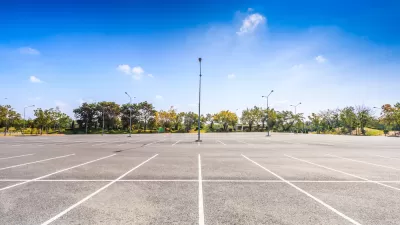Walkable areas are more prosperous in cities all around the country, a report from Foot Traffic Ahead concludes.

Walkable areas are more prosperous than non-walkable areas in cities, according to the "Foot Traffic Ahead," report. The connection between density and prosperity might not be a surprise, but the extent of the connection might be surprising. "It’s not a trend confined to coastal cities; it’s on the rise in the Rust Belt, the Sun Belt, tech metropolises, government centers, innovation centers, and millennial magnets,” Patrick Sisson reports for Curbed.
Denser more walkable neighborhoods are continuing to become yet more dense and represent a larger share of the city’s wealth. "In Dallas, a poster child for sprawl, the 38 WalkUPs comprise 0.10 percent of metro land area, but 12 percent of metro GDP," Sisson writes.
Low-density areas with segregated building types lack the flexibility that denser areas have, the report argues, giving more walkable areas an advantage.
FULL STORY: Why building walkable cities is the key to economic success

Planetizen Federal Action Tracker
A weekly monitor of how Trump’s orders and actions are impacting planners and planning in America.

San Francisco's School District Spent $105M To Build Affordable Housing for Teachers — And That's Just the Beginning
SFUSD joins a growing list of school districts using their land holdings to address housing affordability challenges faced by their own employees.

The Tiny, Adorable $7,000 Car Turning Japan Onto EVs
The single seat Mibot charges from a regular plug as quickly as an iPad, and is about half the price of an average EV.

With Protected Lanes, 460% More People Commute by Bike
For those needing more ammo, more data proving what we already knew is here.

In More Metros Than You’d Think, Suburbs are Now More Expensive Than the City
If you're moving to the burbs to save on square footage, data shows you should think again.

The States Losing Rural Delivery Rooms at an Alarming Pace
In some states, as few as 9% of rural hospitals still deliver babies. As a result, rising pre-term births, no adequate pre-term care and "harrowing" close calls are a growing reality.
Urban Design for Planners 1: Software Tools
This six-course series explores essential urban design concepts using open source software and equips planners with the tools they need to participate fully in the urban design process.
Planning for Universal Design
Learn the tools for implementing Universal Design in planning regulations.
Smith Gee Studio
City of Charlotte
City of Camden Redevelopment Agency
City of Astoria
Transportation Research & Education Center (TREC) at Portland State University
US High Speed Rail Association
City of Camden Redevelopment Agency
Municipality of Princeton (NJ)





























